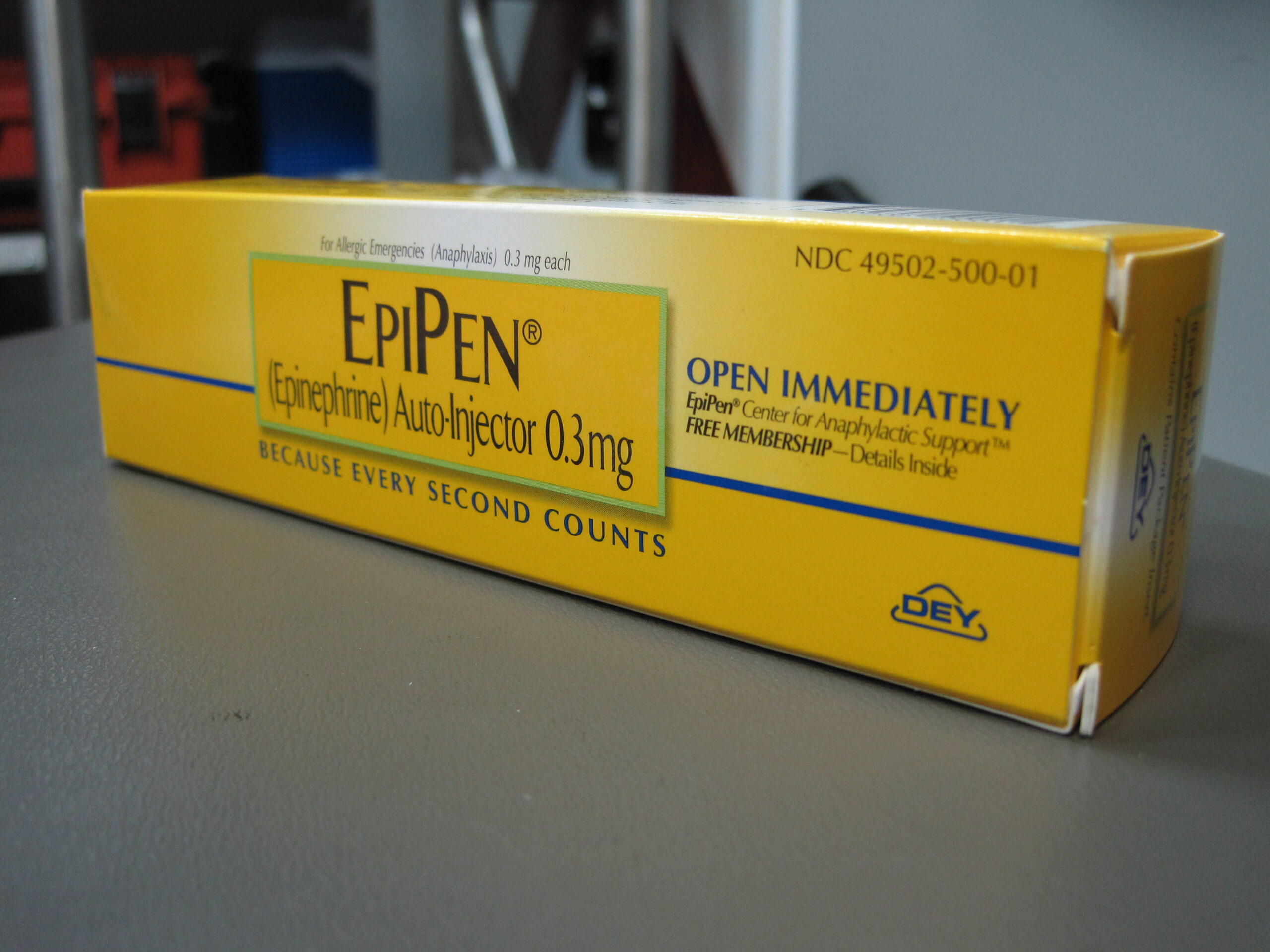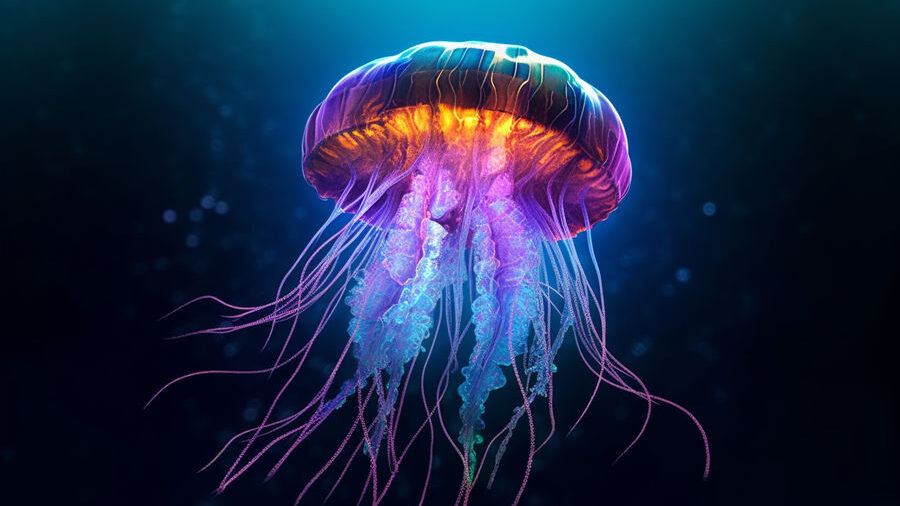Scombroid Poisoning
What is Scombroid Poisoning? Scombroid poisoning is an important topic because it can occur anywhere, not just in coastal regions. The primary cause is the ingestion of poorly refrigerated and subsequently poorly prepared fish, like tuna or mackerel. This results in histamine buildup due to bacteria converting histidine in the fish.
Symptoms and TreatmentHallmark symptoms include sudden flushing, nausea, vomiting, and even a peppery taste. This poisoning can mimic anaphylaxis, making it crucial to distinguish between the two. The primary treatment is antihistamines such as diphenhydramine, which relieve symptoms by countering the histamine spike.
Marine Envenomations
Jellyfish Stings
Box Jellyfish Box jellyfish are a broad group of jellyfish found in the indo-pacific region and can be particularly dangerous. Their tentacles are filled with nematocysts—tiny harpoons that deliver toxins that can have a wide variety of effects, including causing sodium channel blockade, leading to severe pain, and, in extreme cases, cardiovascular collapse.
Treating Jellyfish StingsA common myth is that urine neutralizes jellyfish stings, but this is false and can actually worsen the sting by firing more nematocysts. Effective treatments include vinegar or saltwater, which inactivate the nematocysts, preventing further toxin release. Always rinse the affected area for about 30 seconds before attempting to remove tentacles.
Irukandji Syndrome
What is Irukandji Syndrome?Caused by the minuscule Irukandji jellyfish, primarily in Australian waters, this syndrome is notorious for inducing severe pain and massive catecholamine release. Symptoms can include intense muscle cramps and dangerously elevated blood pressure, potentially leading to intracranial hemorrhage.
TreatmentManaging Irukandji syndrome typically involves high doses of opioid pain relief and careful monitoring of blood pressure to prevent catastrophic outcomes. Hospitalization is almost always necessary.
Pufferfish (Fugu) Poisoning
The Perils of TetrodotoxinPufferfish contain tetrodotoxin, a powerful sodium channel blocker. Consuming improperly prepared pufferfish can result in rapid onset of paralysis while the person remains fully conscious, ultimately leading to respiratory failure.
Handling PufferfishDue to the dangers, pufferfish preparation is regulated, requiring special licensing. If affected, supportive care and mechanical ventilation are the mainstay treatments until the toxin wears off.
Other Marine Threats
Stonefish, Lionfish, and Sea SnakesStonefish and lionfish can cause severe pain and local tissue damage, sometimes resulting in cardiac symptoms due to their toxins. Sea snakes, though less common, can deliver neurotoxic bites that require supportive care.
Ciguatera and Other Marine ToxinsCiguatera toxin, from fish like barracuda, and other toxins like brevetoxin, saxitoxin, and domoic acid can cause neurological and gastrointestinal symptoms. Most treatments are supportive, focusing on managing symptoms until the toxins clear from the body.
Conclusion
The sea holds many marvels and dangers. Effective emergency management of marine envenomations and poisonings requires knowledge of how these toxins work and how to act. Remember, supportive care is often the cornerstone of treatment, and always prioritize your safety when responding to such emergencies.
For more insightful topics and updates, continue tuning into EMS cast. Stay safe and stay informed!





